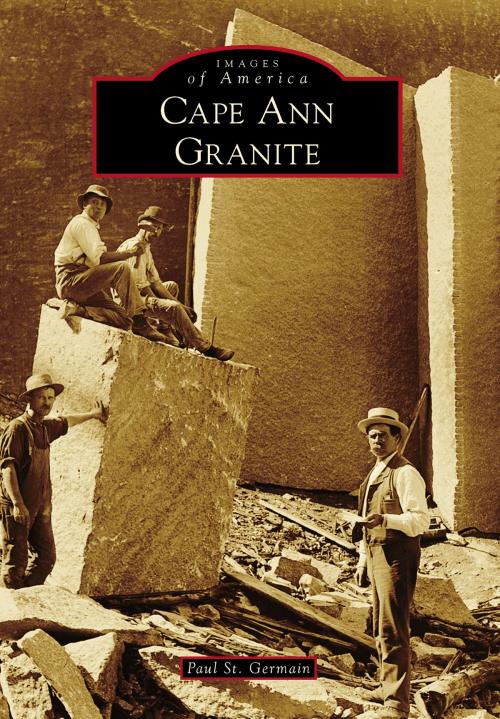| Author: | Paul St. Germain | ISBN: | 9781439652435 |
| Publisher: | Arcadia Publishing Inc. | Publication: | July 20, 2015 |
| Imprint: | Arcadia Publishing | Language: | English |
| Author: | Paul St. Germain |
| ISBN: | 9781439652435 |
| Publisher: | Arcadia Publishing Inc. |
| Publication: | July 20, 2015 |
| Imprint: | Arcadia Publishing |
| Language: | English |
The granite industry began on Cape Ann with the first sale of a piece of Rockport granite, for use as a millstone, to a farmer in Newburyport in 1800. The industry would grow to include more than 60 quarries and operations around the cape, becoming the second-largest economic force in the area behind fishing. Hundreds were employed as quarrymen, stonecutters, paving cutters, and finishers. Cape Ann was particularly well fitted for the pursuit of granite as its rocky hills and shores afforded a comparatively inexhaustible source of supply, and its splendid shipping facilities gave the advantage of quick and economical transportation to market by sea and land. The industry eventually declined, and by 1930, most quarries had gone out of business because of labor strikes and low demand. Today, most of these quarries are filled with rainwater and springwater, and many are used as reservoirs for the surrounding communities.
The granite industry began on Cape Ann with the first sale of a piece of Rockport granite, for use as a millstone, to a farmer in Newburyport in 1800. The industry would grow to include more than 60 quarries and operations around the cape, becoming the second-largest economic force in the area behind fishing. Hundreds were employed as quarrymen, stonecutters, paving cutters, and finishers. Cape Ann was particularly well fitted for the pursuit of granite as its rocky hills and shores afforded a comparatively inexhaustible source of supply, and its splendid shipping facilities gave the advantage of quick and economical transportation to market by sea and land. The industry eventually declined, and by 1930, most quarries had gone out of business because of labor strikes and low demand. Today, most of these quarries are filled with rainwater and springwater, and many are used as reservoirs for the surrounding communities.















